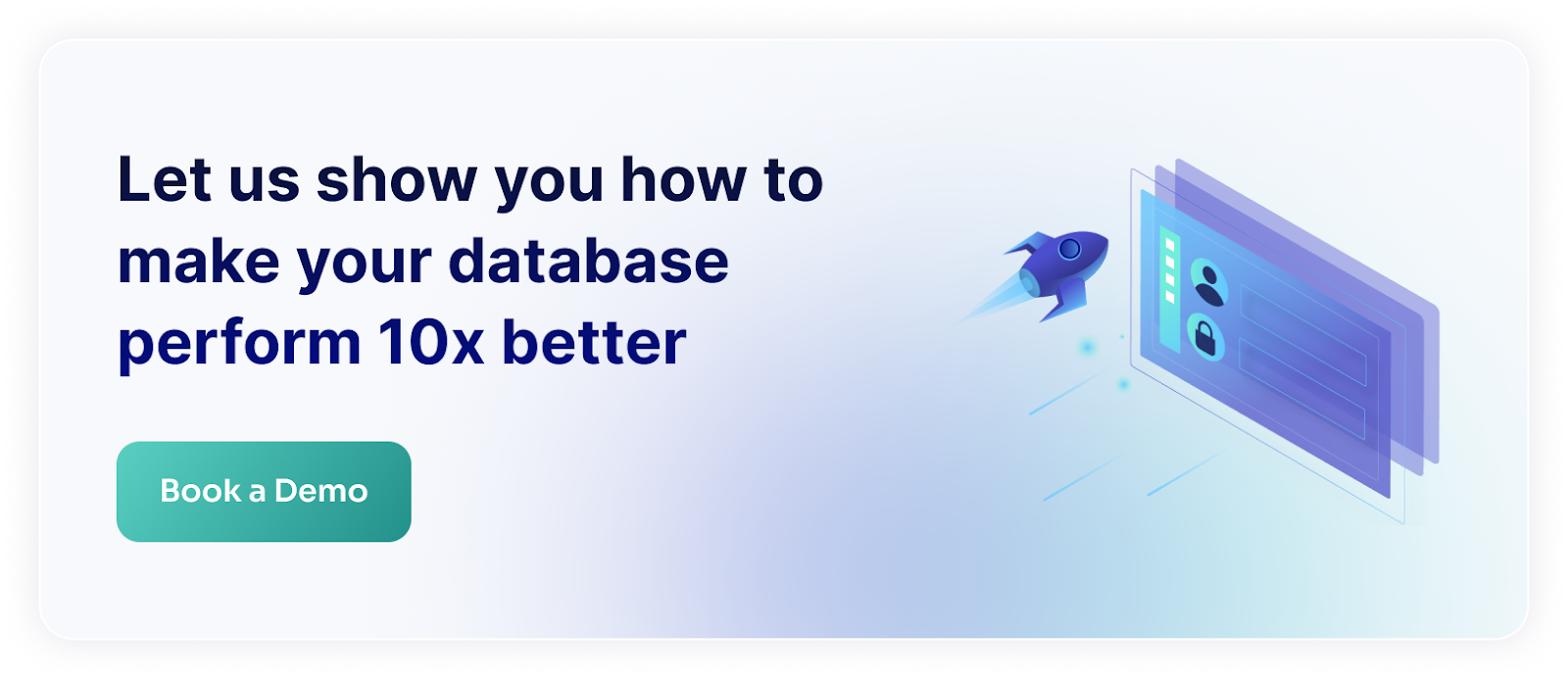Ensuring database reliability is challenging. We aim to accelerate development while reducing rollbacks, enabling developers to work efficiently and take full ownership of their databases. This process becomes significantly easier with strong database observability in place. Let’s dive into how it works.
Check Early and Often
Teams strive to maintain continuous database reliability by ensuring their designs perform well in production, scale efficiently, and support safe code deployments. Achieving this level of quality requires a combination of best practices, including rigorous testing, code reviews, automated CI/CD pipelines, and component monitoring.
However, challenges persist. Database-related issues often slip through testing because most tests focus on data accuracy while neglecting performance considerations. As a result, even if data operations function correctly, the solution may not perform efficiently in production, leading to failures and a poor user experience.
Load testing presents additional hurdles. These tests are complex to design, costly to execute, and often occur late in development. By the time performance issues are uncovered, the code has already been reviewed and merged, forcing developers to revisit and rework their designs to resolve bottlenecks.
The key to overcoming these challenges is integrating observability early in the development process. With robust observability tools embedded directly into developers' workflows, we can detect errors in real-time - monitoring query performance, identifying schema inefficiencies, and uncovering design flaws before they escalate. Addressing these issues proactively ensures a more reliable, high-performing database from the start.
Empower Your Teams
Maintaining database reliability becomes a challenge when developers lack full ownership of the process. This issue is further compounded in environments where multiple teams are involved, DBAs tightly control responsibilities, and ticketing systems create bottlenecks. However, there is a solution.
Developers work more efficiently and effectively when they have complete ownership of their workflows. They thrive when they can independently handle development, deployment, monitoring, and troubleshooting. To achieve this, they need the right tools—observability solutions that go beyond raw data to provide actionable insights and automated troubleshooting, rather than traditional monitoring tools that simply report issues without context.
A shift in approach is necessary. Instead of inundating developers with vast amounts of data, we need solutions that analyze the entire Software Development Life Cycle (SDLC) and deliver meaningful insights with automated fixes. These tools should optimize queries, suggest performance improvements, recommend schema enhancements, and detect anomalies - automatically addressing what can be resolved while alerting developers to critical issues that require manual intervention.
This paradigm shift moves us away from information overload toward intelligent, streamlined solutions. The ideal approach has two key components: First, it should autonomously analyze all aspects of the SDLC, optimize SQL queries, recommend schema enhancements, and provide automated fixes whenever possible. Second, it must intelligently detect complex issues that require developer input and proactively alert teams when business decisions or architectural changes are needed.
Ultimately, we need a holistic observability solution - one that automates where possible and intelligently guides developers when manual action is required. By providing the right balance of automation and insight, such a system ensures database reliability across all deployment stages without overwhelming developers with unnecessary data.
Harness Your Database Complexity
Modern observability enhances your team’s database reliability by ensuring that developers’ changes are production-ready, anomalies are identified early, and configurations are fine-tuned for optimal performance. With the right observability tools, project management becomes more efficient, eliminating the need for time-consuming coordination with other teams. This allows you to focus on core business objectives, increase productivity, and scale operations effectively.
By adopting advanced monitoring solutions, teams experience a significant boost in database dependability. These tools validate code changes before deployment, provide real-time anomaly detection, and optimize system configurations to maintain peak performance. This streamlined approach reduces reliance on cross-team interactions, eliminating a common bottleneck in many organizations. As a result, developers can concentrate on strategic tasks, leading to higher efficiency, improved productivity, and seamless organizational growth.







